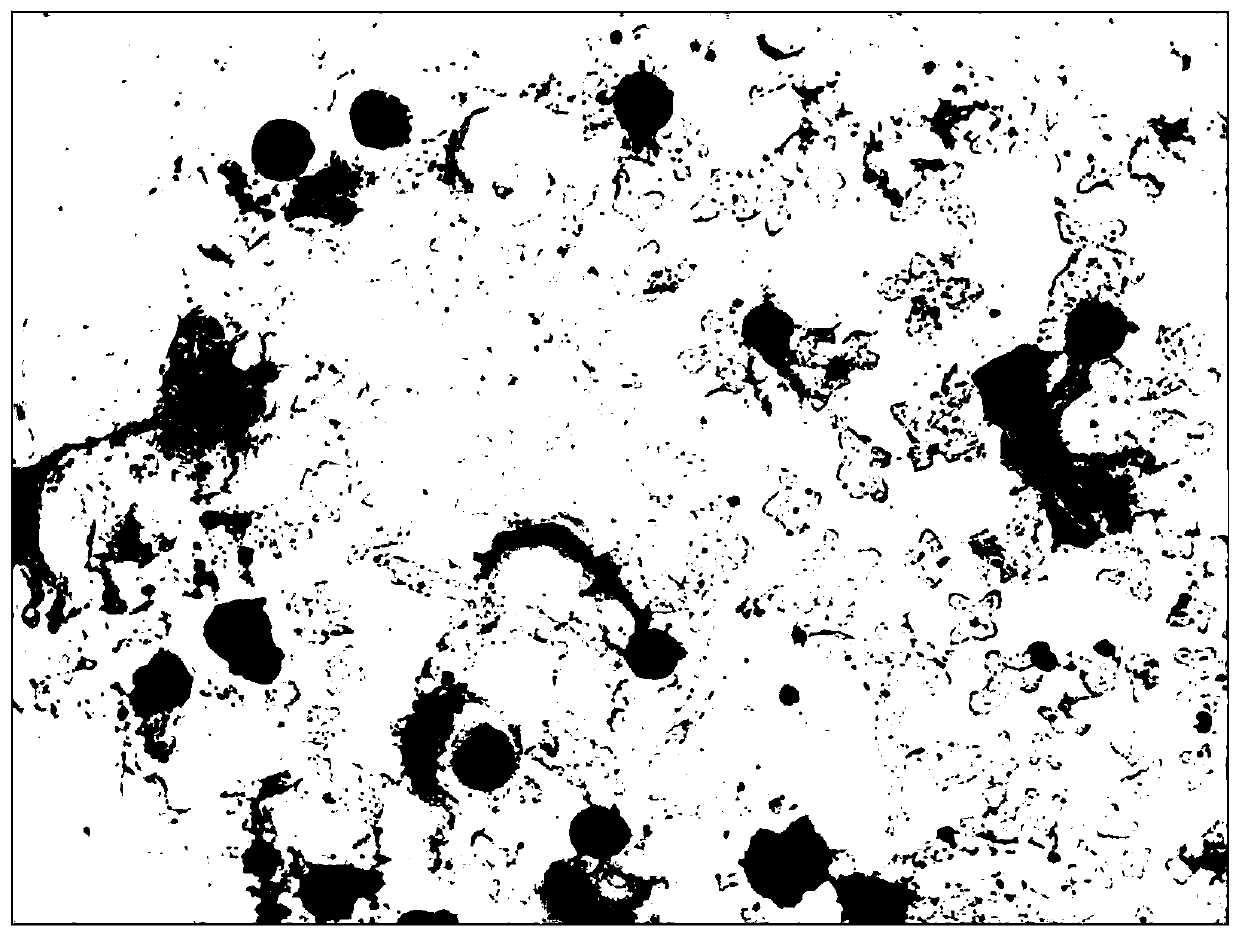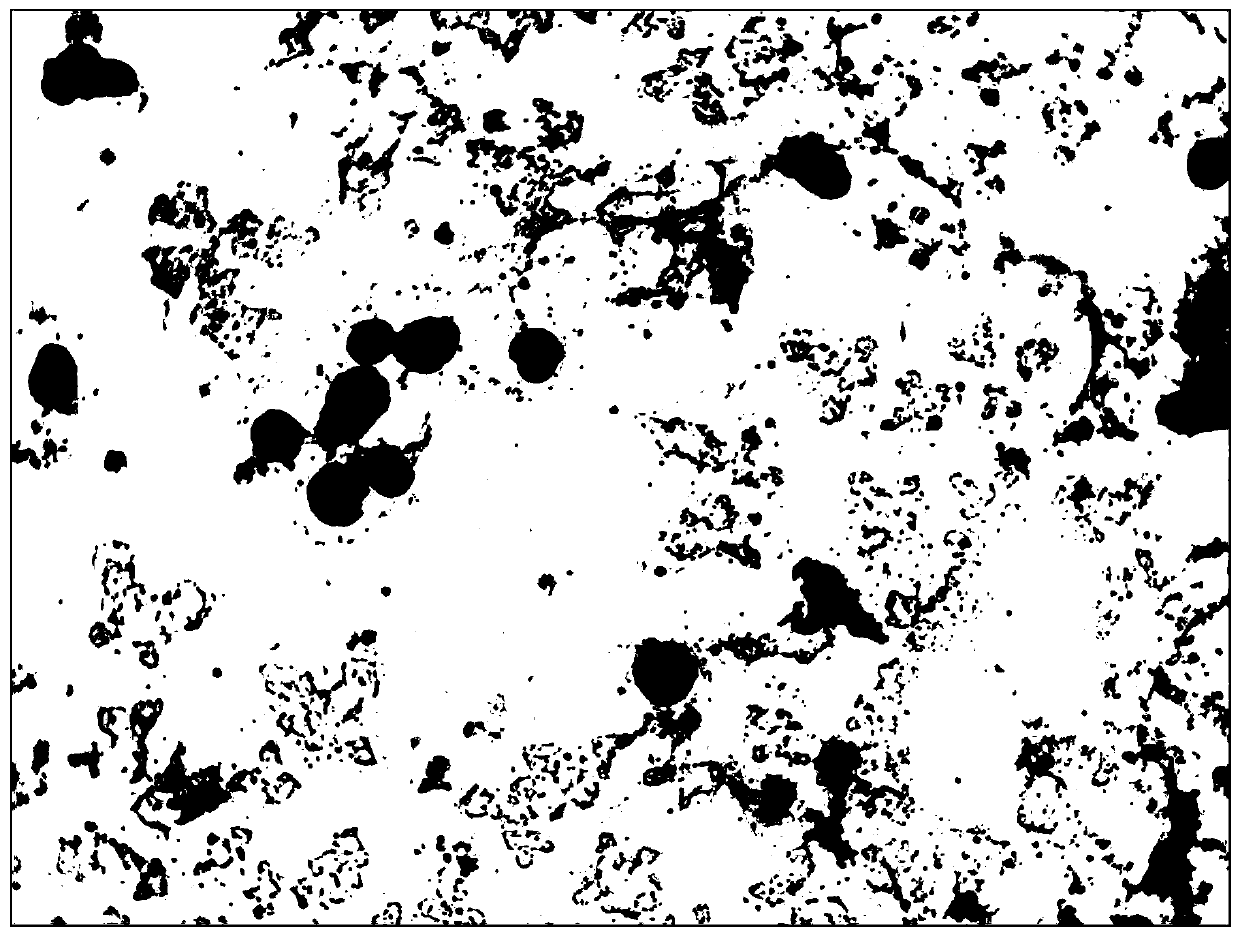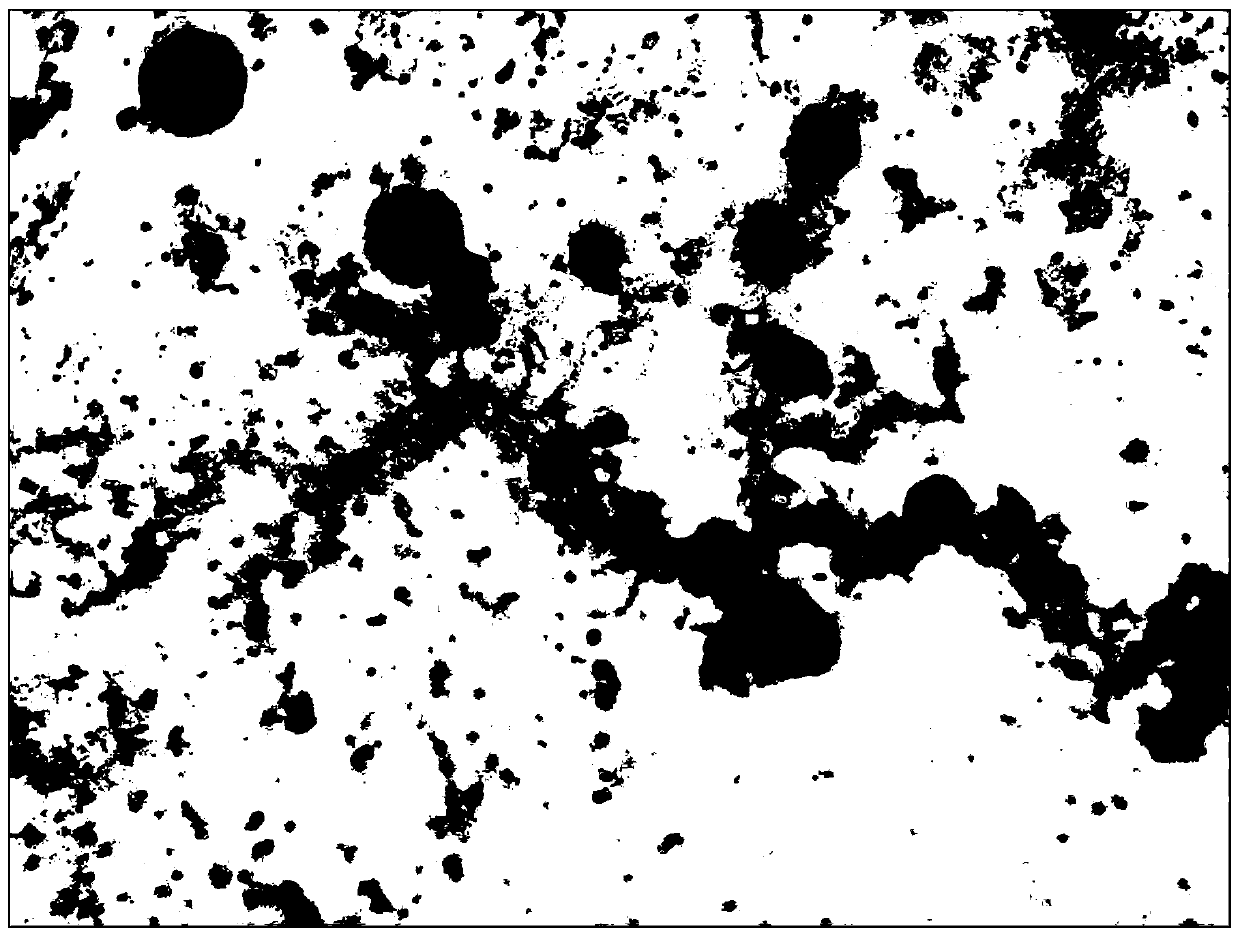Debonding protectant, method for preparing monocell suspension with high survival rate and application of debonding protectant
A protective agent and concentration technology, which is applied in cell dissociation methods, biochemical equipment and methods, pancreatic cells, etc., to achieve the effects of saving economic pressure, improving stability, and shortening the time of experiments
- Summary
- Abstract
- Description
- Claims
- Application Information
AI Technical Summary
Problems solved by technology
Method used
Image
Examples
Embodiment 1
[0055] A method for preparing a single-cell suspension with a high survival rate, comprising soaking a target tissue block with a release and protecting agent, and then using an ultrasonic ablation device to ablate the tissue block, specifically comprising the following steps:
[0056] Step S100, take the target tissue block under a sterile environment, and use scissors to cut the tissue block to no more than 2mm 3 small pieces;
[0057] Step S200, placing the target tissue block in a container and washing it with PBS buffer until the PBS buffer is visually clear, wherein the largest external dimension of the tissue block is no more than 2 mm;
[0058] Step S300, placing the target tissue block in a 1.5 ml EP tube, and at the same time, adding the release protection agent described in claim 8 into the EP tube, and placing it at a constant temperature of 37°C for 5 minutes;
[0059] Step S400, adjust the frequency of the ultrasonic ablation instrument to 40kHz, adjust the powe...
Embodiment 2
[0064] In this embodiment, a single-cell suspension is obtained by conventional enzyme digestion method, and the specific steps are as follows:
[0065] Step 1: Place selected enzymes and tissue pieces in EP tubes filled with 1-2 ml of PBS buffer;
[0066] Step 2: Digest the EP tube in Step 1 in an environment with a constant temperature of 37°C for 30 minutes;
[0067] Step 3: Shake and oscillate not less than 5 times intermittently during digestion;
[0068] Step 4: Filter the digested solution with a 400-mesh nylon mesh to remove impurities and tissue pieces, and take the suspension;
[0069] Step 5: Centrifuge the suspension obtained in Step 4, remove the supernatant, and retain the cell pellet; the centrifugation speed is 1500r / min, and the centrifugation time is 5 minutes;
[0070] Step 6: Routine staining with trypan blue, and counting the stained single cell suspension with a hemocytometer.
[0071] The target tissue block in this embodiment is the kidney of an adul...
Embodiment 3
[0073] In this embodiment, a single-cell suspension is obtained by conventional enzyme digestion method, and the specific steps are as follows:
[0074] Step 1: Place selected enzymes and tissue pieces in EP tubes filled with 1-2 ml of PBS buffer;
[0075] Step 2: Digest the EP tube in Step 1 in an environment with a constant temperature of 37°C for 180 minutes;
[0076] Step 3: Shake and oscillate intermittently for no less than 15 times during digestion;
[0077] Step 4: Filter the digested solution with a 400-mesh nylon mesh to remove impurities and tissue pieces, and take the suspension;
[0078] Step 5: Centrifuge the suspension obtained in Step 4, remove the supernatant, and retain the cell pellet; the centrifugation speed is 1500r / min, and the centrifugation time is 5 minutes;
[0079] Step 6: Routine staining with trypan blue, and counting the stained single cell suspension with a hemocytometer. The target tissue block in this embodiment is the kidney of an adult mo...
PUM
 Login to View More
Login to View More Abstract
Description
Claims
Application Information
 Login to View More
Login to View More - R&D
- Intellectual Property
- Life Sciences
- Materials
- Tech Scout
- Unparalleled Data Quality
- Higher Quality Content
- 60% Fewer Hallucinations
Browse by: Latest US Patents, China's latest patents, Technical Efficacy Thesaurus, Application Domain, Technology Topic, Popular Technical Reports.
© 2025 PatSnap. All rights reserved.Legal|Privacy policy|Modern Slavery Act Transparency Statement|Sitemap|About US| Contact US: help@patsnap.com



